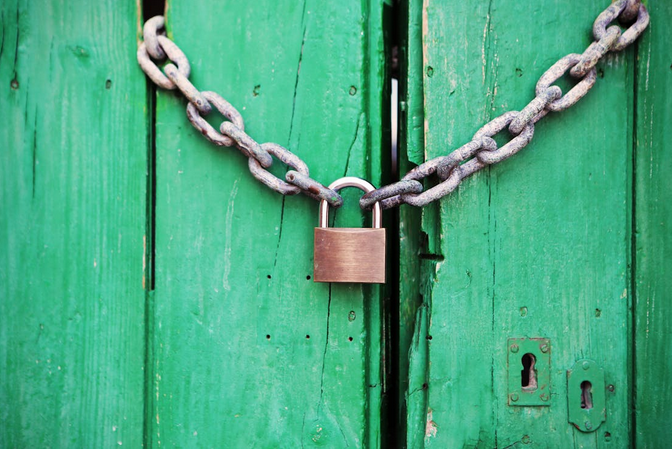 Home
Home
In today’s world, ensuring the safety and security of your building, whether it’s a residential home or a commercial property, is more important than ever. Security measures in your venue should rely on professional Austin locksmith services as it can help identify vulnerabilities and protect your assets, employees, and loved ones. This article will guide you through common weak points in building security and how to address them effectively.
Assess Entry Points

The first step in evaluating your building’s security is to assess all entry points. Doors and windows are the primary access points for intruders, so it’s essential to ensure they are secure.
- Doors: Check that all exterior doors are solid, made from durable materials, and equipped with high-quality locks. Consider adding deadbolts or smart locks for added security. Ensure that door frames are sturdy and that hinges are not exposed or easy to tamper with.
- Windows: Inspect windows to ensure they are not easily forced open. Consider installing window locks, security film, or even reinforced glass for extra protection. Ground-floor windows should have additional security measures, such as bars or grilles.
Evaluate Perimeter Security
A well-defined perimeter can deter potential intruders from approaching your building. Here are some elements to consider:
- Fencing: A sturdy fence can act as a physical barrier. Ensure that it is tall enough to deter climbing and that gates are secure and locked when not in use.
- Lighting: Adequate lighting around the perimeter is crucial. Well-lit areas can deter criminals, as they prefer to operate in the shadows. Consider motion-activated lights for added safety and efficiency.
- Landscaping: Maintain your landscaping to eliminate hiding spots for intruders. Trim bushes and trees near windows and doors, and avoid placing large planters or decor that could provide cover.
Review Security Systems
If you have a security system in place, regularly evaluate its effectiveness.
- Cameras: Ensure that security cameras are strategically placed to cover all critical areas, including entrances, parking lots, and blind spots. Verify that they are functional and that recordings are stored securely.
- Alarms: Test your alarm systems regularly to ensure they are operational. Consider adding additional sensors, such as door and window contacts, motion detectors, or glass break sensors.
- Access Control: For commercial properties, evaluate your access control systems. Key card systems, biometric scanners, or intercom systems can restrict access to authorized personnel only.
Consider Internal Security Measures
While external measures are crucial, internal security should not be overlooked.
- Visitor Protocols: Implement a clear visitor check-in process. Consider requiring visitors to sign in, wear visitor badges, or be escorted by an employee.
- Employee Training: Educate employees about security protocols. Encourage them to be vigilant and report any suspicious activity or security breaches. Regular training can help reinforce the importance of security in the workplace.
- Secure Sensitive Areas: Identify areas within your building that require extra security, such as server rooms, cash handling areas, or confidential document storage. Use additional locking mechanisms, access controls, or even biometric systems for these spaces.
Conduct Regular Security Audits
Regularly auditing your security measures is essential for maintaining a safe environment. Schedule periodic assessments to identify new vulnerabilities and update security protocols as needed. Consider involving a professional security consultant to gain an objective perspective on potential weak points.
Engage With Your Community

Building a relationship with your local law enforcement and community can enhance your security efforts. Consider participating in neighborhood watch programs or community safety initiatives. Having a strong community presence can deter crime and foster a safer environment for everyone.
Evaluating the security of your building is a proactive step toward protecting your property, assets, and the people within it. By addressing common weak points such as entry points, perimeter security, internal measures, and security systems, you can create a comprehensive security strategy that minimizes risks. Remember, security is an ongoing process; regularly review and update your measures to adapt to new challenges. With diligence and attention, you can ensure a safer environment for your home or business.



